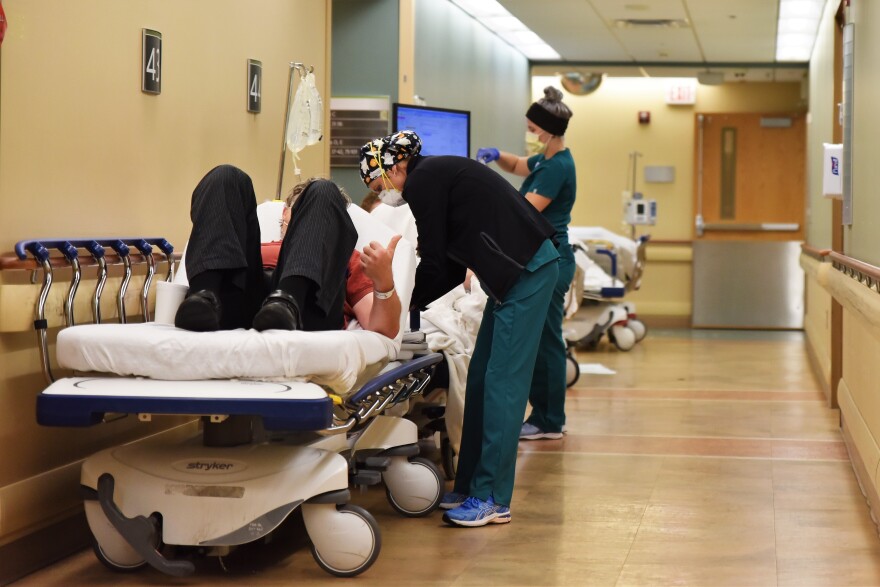Bills to limit the number of patients a nurse can care for at one time have been re-introduced in the Michigan Legislature.
The package would also reduce a hospital’s ability to mandate nurses to work extra shifts.
Senator Sylvia Santana (D-Detroit) said stretching nurses too thin has negative consequences for public health.
“There are so many professions where this is a requirement where the staff lay over and they don’t work an exorbitant amount of times but I think it’s important that we make sure that we have the proper ratios for our nurses in hospitals. They are taking care of our most vulnerable,” Santana said during a press conference announcing the bills.
This week’s bills are similar to ones introduced in the past, with the exception of updates to ratio levels.
Despite receiving bipartisan support, the policies have stalled in the Legislature in past years.
Bill sponsors said they expect this year will be different now that party control has switched.
The bills are already receiving criticism, however, from the Michigan Health and Hospital Association as well as the Michigan Organization of Nurse Leaders.
MONL President Kim Meeker said a universal approach would lead to worse patient care.
“Michigan needs to continue to provide hospitals with local control that determine the staffing models that best represent their needs because the needs of hospitals differ from one hospital to another, one patient to another and one nurse to another,” Meeker said.
Package supporters and critics are highlighting different approaches to solving nursing shortages. Both sides are listing the number of vacancies in the thousands.
Another package sponsor, Representative Stephanie Young (D-Detroit), said the problem with nurse burnout is simple.
“Nurses are assigned to care for too many patients. As a result, patients are suffering and some of them are even dying,” Young said.
But Meeker argues the state should be supporting programming that would bring more nurses to the workforce.
“The solution for this is more activity around the decreased labor workforce. We need more nurses,” she said.
In all, the introduced package includes three House bills and three identical Senate bills.





